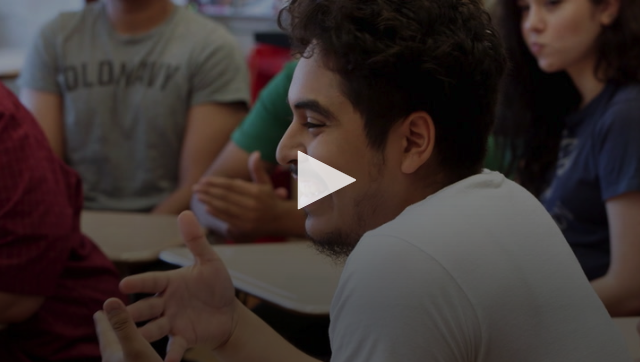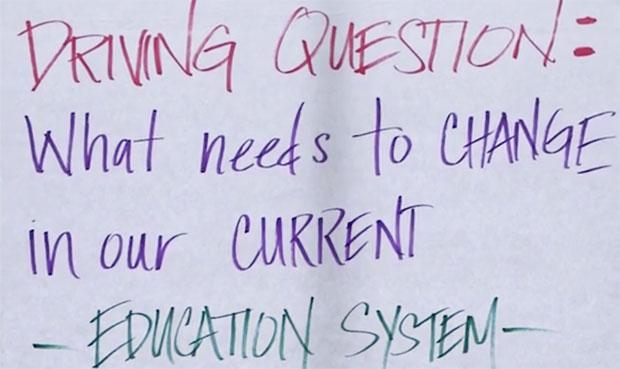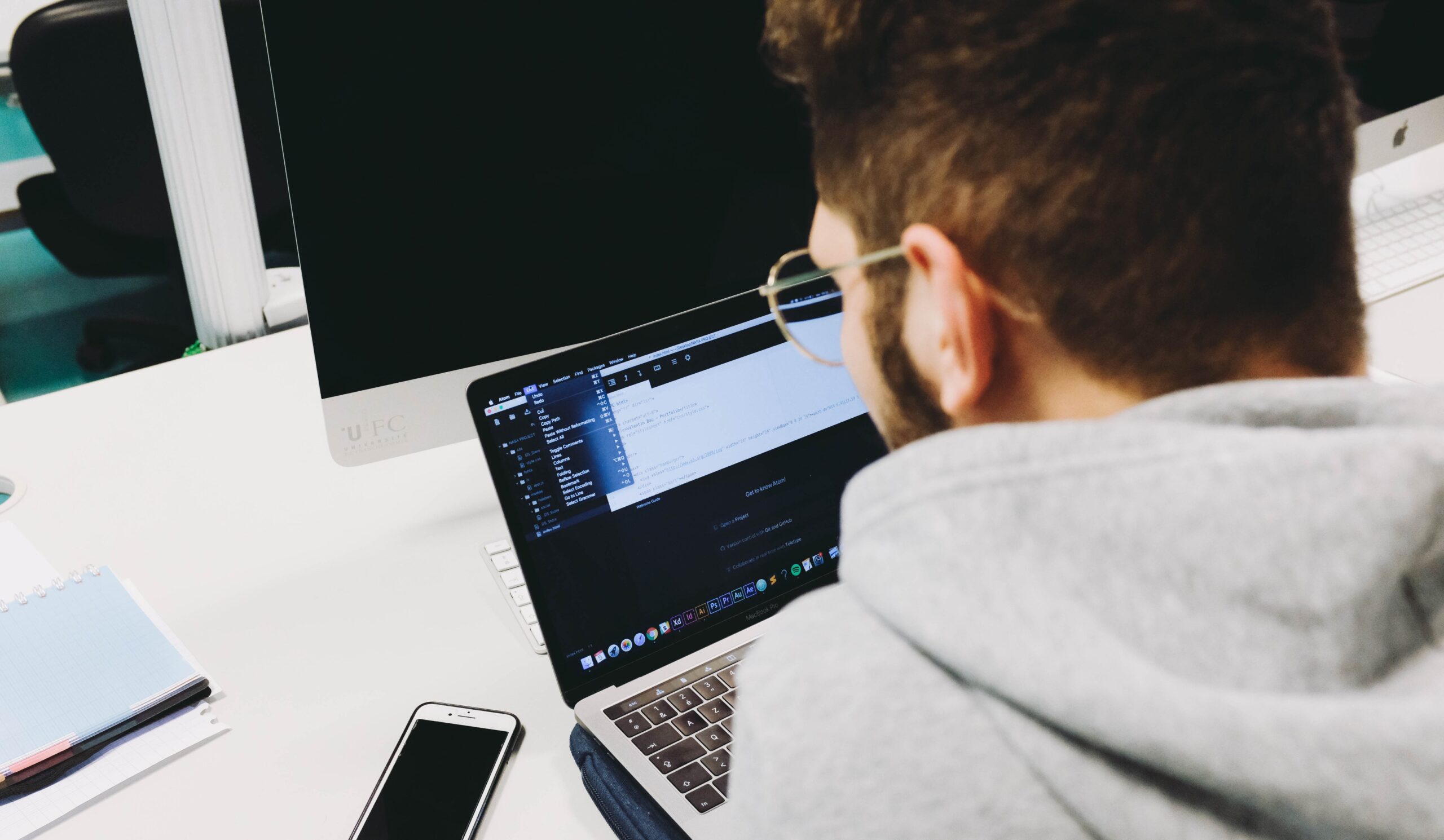Now more than ever, cultural relevance is a crucial ingredient for the success of our schools, well being of our students, and future of our workforce. Students are more diverse in their languages, abilities, ways of learning, interests, skills, and cultures than ever. Culturally relevant pedagogy “empowers students intellectually, socially, emotionally, and politically by using cultural referents to impart knowledge, skills, and attitudes.” At Schools That Can (STC), we get to see incredible educators go above and beyond to have meaningful conversations and take actionable, hands-on steps to bring culturally-relevant, real-world learning (RWL) to students, which is why we were so thrilled to focus our 2019 National Forum around Advancing Culturally-Relevant Real-World Learning.

Student Centered Civic Discussion & Deliberation
When working together, culturally-relevant learning and real-world learning connect what’s being taught in school to the experiences and identities of students. Real-world learning is learning that is active, applied, and grounded in the world beyond school walls. It makes students responsive to the society they live in. Similarly, it encourages collective responsibility, continuous growth, and respect for cultural differences — all things our students need to thrive in the classroom and outside it.
Learn more about the Schools That Can Forum
From our Professional Learning Groups (PLGs) in our STC regions, we’ve gotten to see educators tackle some important questions and come away with increased understanding related to the intersection of culturally-relevant learning and RWL. The educators in our PLGs are regularly sharing articles and books they’ve been reading, developing a common understanding of how racism and white supremacy culture manifest in our schools, the benefits and challenges of achieving diversity and inclusion, and what equity in education really means.
One thing teachers can keep in mind in their own classrooms when focusing on culturally-relevant real-world learning, is simply the idea that teachers should draw on what students already know and enable them to take control of their learning and engage actively in it. Many times, the conversation around cultural competencies are theoretical, and doesn’t get into tangible practice. Educators in our PLGs are working on thinking about what data to pay attention to in their schools that will enable them to see the inequities, with the next step being an intervention that will address the inequity.

Are you thinking about how to be more culturally responsive and bring more real world learning into your classroom or school? Here are some quick ideas to get you started:
- Conduct an Equity Audit with your teachers.
- Provide a safe space for your staff to reflect on their own identities and consider how they may positively and negatively influence their teaching practices.
- Consider the ways in which a white supremacy culture may manifest in your school or classroom, and actively work to test out antidotes.
- Seek feedback from students on your curriculum and practices, and be responsive!
- Incorporate real-world projects that give students the chance to engage with their community. For example, have them interview local leaders about the history of their neighborhood or survey people on the street to inform statistical analyses.
Wherever you decide to begin, there’s always more to learn. If you’re interested in meeting with other educators who are committed to this work, join Schools That Can or our Annual STC Forum, if you’re local, next week!







